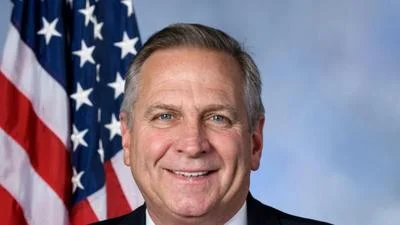The National Federation of Independent Business (NFIB) has released its September jobs report, indicating a decline in small business job openings to the lowest level since January 2021. According to the report, 34% of small business owners reported unfilled job openings in September, a decrease of six points from August.
"Overall, the job market appears to be softening," stated NFIB Chief Economist Bill Dunkelberg. "Fewer small firms have openings they can’t fill as we head into fall. But many still report trouble finding qualified applicants and plans to increase compensation is once again on the rise."
In September, 59% of small business owners were hiring or attempting to hire, down three points from August. Of those hiring or trying to hire, 52% reported few or no qualified applicants for their open positions. Specifically, 30% noted few qualified applicants while 22% reported none at all.
Openings for skilled workers fell by six points to 30%, while openings for unskilled labor decreased by one point to 14%. The construction sector saw a seven-point drop in job openings from August, with 53% unable to fill available positions. Job openings remained highest in construction, transportation, and manufacturing sectors but were lowest in agriculture and finance sectors.
A net 15% of owners plan to create new jobs within the next three months, reflecting an increase of two points from August.
The percentage of small business owners citing labor quality as their top operating problem dropped four points from August to 17%. Meanwhile, labor costs remained steady as the primary concern for business owners at 9%, below December 2021's peak reading of 13%.
Regarding compensation adjustments, a seasonally adjusted net of 32% of small business owners reported raising compensation in September—down one point from August—and a net of 23% plan further increases over the next three months.





